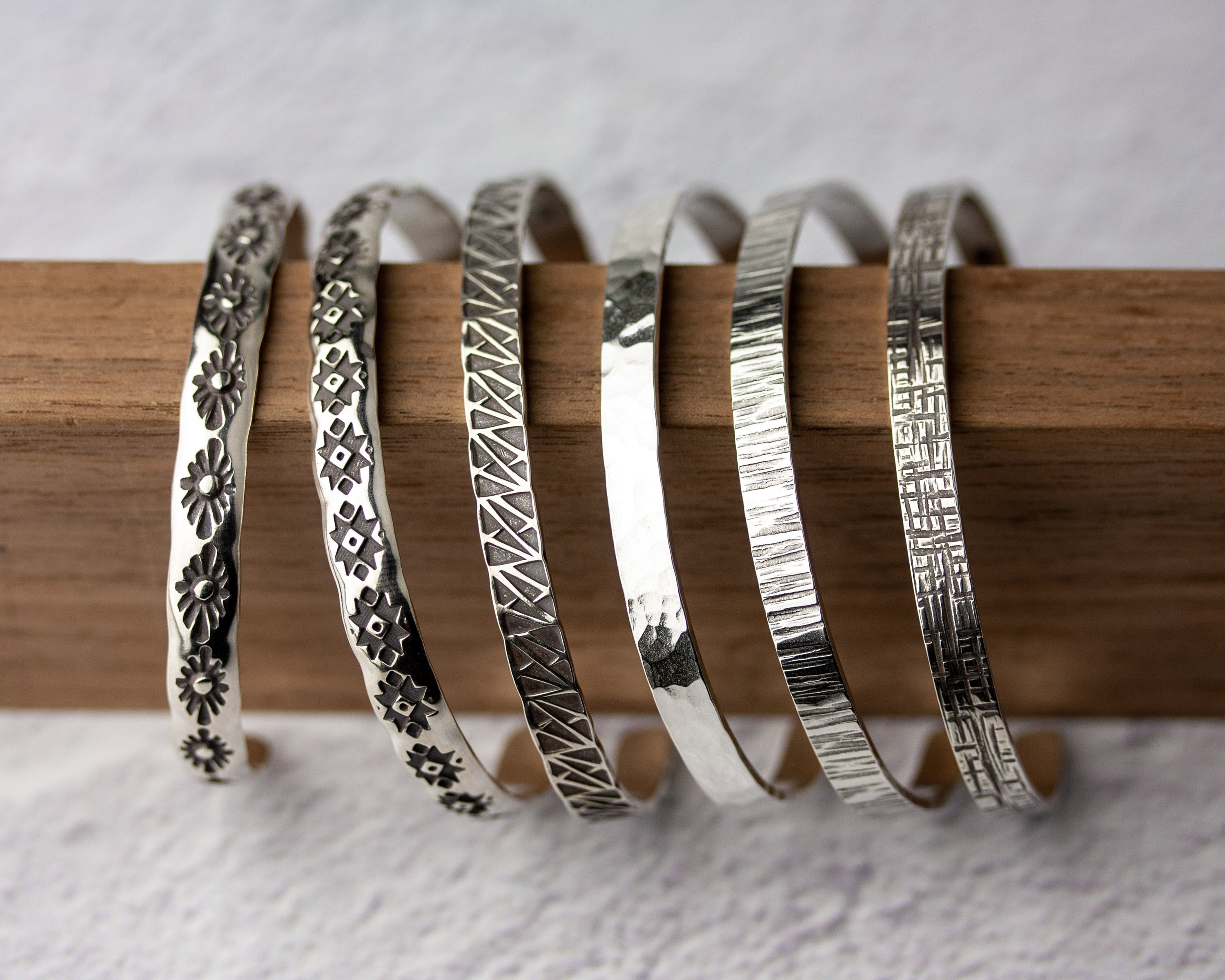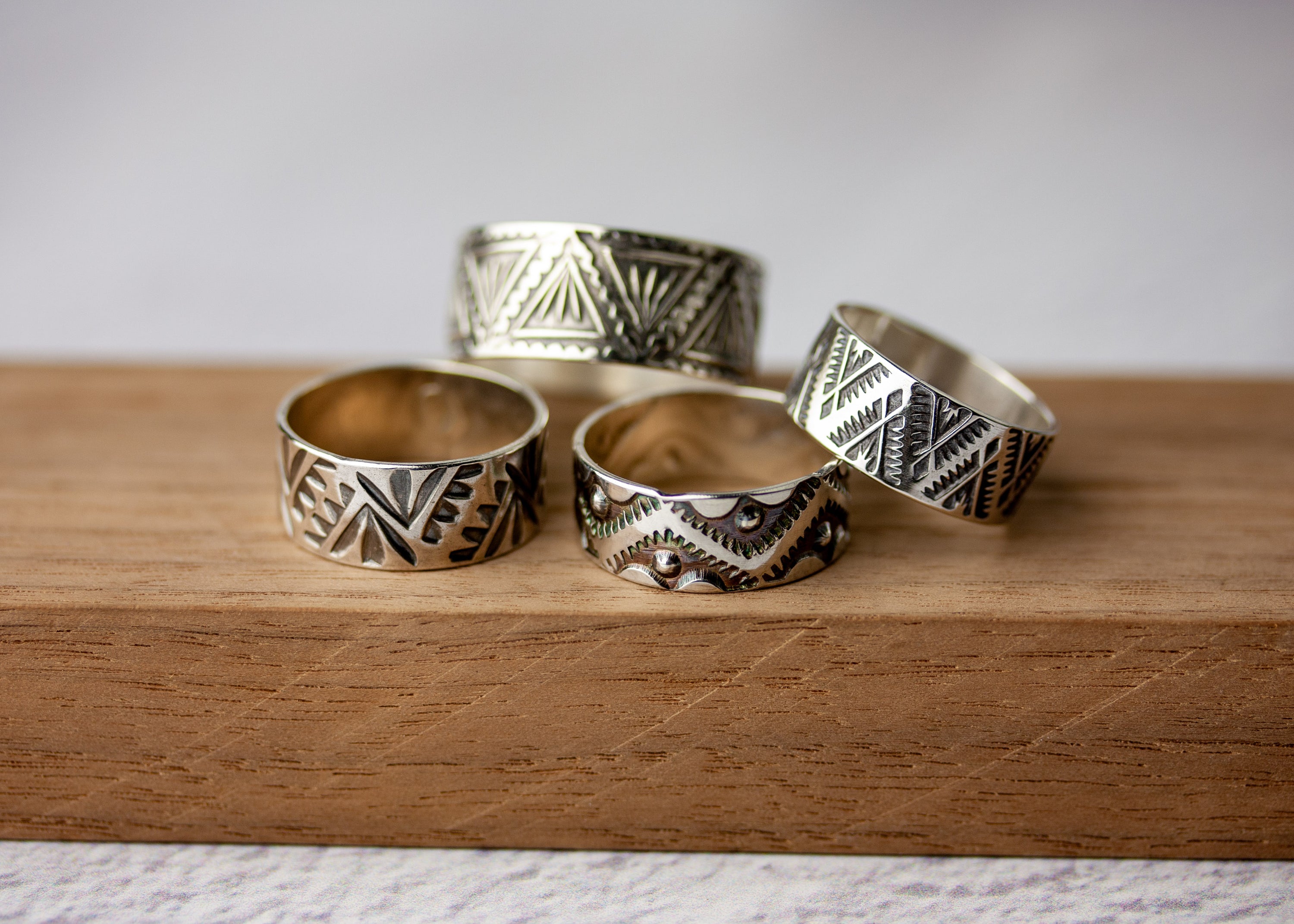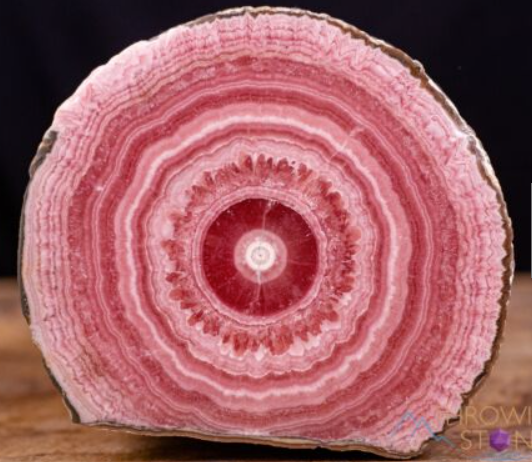Crazy Lace Agate Pendant
"Agate" is the term we use for chalcedony that has formed in delicate, multi-colored layers. Primarily made of microcrystalline quartz (silica), the banding in an agate depends on how and where it was formed and any impurities in the formation. Impurities are things from the surrounding environment, like oxides of iron, manganese, nickel... basically anything that is not quartz.
Agates are generally formed as nodules in volcanic settings, where gases were trapped and left a cavity that filled with water. As water calms in the cavities, silica is deposited in layers, eventually lining or filling up the cavity completely. See below for a cool graphic!

Not just one!
There are so many types of agates, including Crazy Lace, Moroccan Seam, West Texas, Moss Agate, etc. These names come from where they are commonly found or if they have shared physical properties, like similar colors or patterns in their banding.
My current favorite is Moroccan Seam Agate because the contrast of it's deep reds and bronzes completely draw me in, like in the 'Hidden Fern Pendant' below. You can look forward to seeing more of this stone in Geophilia pieces this year.
Moroccan Seam Agate Pendant
What's in a name?
According to Etymonline.com, the word Agate derives from the Latin Achates, which is the name for the river in Sicily where agates were first discovered. The inset pic below shows approximately where in Sicily the Achates, or Dirillo, River flows.
This river must have an abundance of agate because several ancient philosophers including Theophrastus and Pliny the Elder wrote about the beauty and commercial value of the stone found in this vicinity.

Want to know more?
This article just skims the surface of everything there is to know about agates. If you want to dive a little deeper, check out the following books and websites:
Mineral Science, Klein 2002
National Audubon Society Field Guide to North American Rocks and Minerals, Chesterman 1995
www.Mindat.org
www.Geoforward.com
www.etymonline.com/word/agate
www.GeologyIn.com









